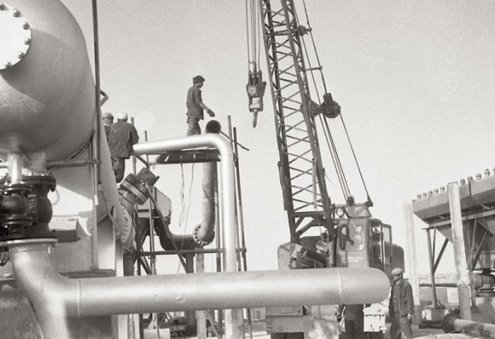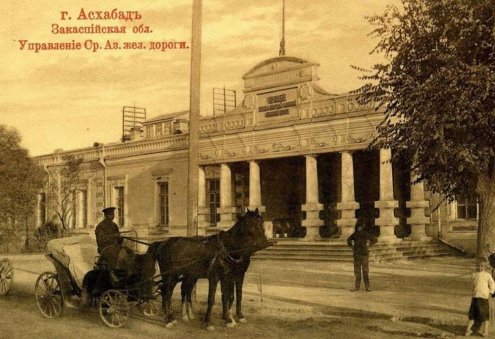The global agricultural market is presently worth $3.49 trillion, accounting for 3.4% of the global economy. Today, innovative technologies applied in all spheres of life are widely used in the agricultural sector. The use of technology has influenced the role of the agricultural sector in the global economy. Despite the decline in the share of agriculture in the world market, with the increase in production, this sector continues to be an important export route for many countries. The use of technology in agriculture has reduced human labor costs and significantly increased productivity.
The trade in agriculture, amounting to $1.5 trillion, is the main export route for many countries. Thus, the agricultural products are the main source of livelihood for many people. Among the main producers of agricultural products, countries such as China, USA, Russia, Brazil, Argentina and Turkey stand out. Developing countries are also trying to improve productivity in this sector through improved technology, efficiency and education.
According to the research, the global demand for food will grow by 70% by 2050. In this case scenario, the self-sufficiency of countries gains importance and it is necessary to use innovative technologies in this sector. According to Huawei's research, the global smart agriculture market is expected to grow from $13.7 billion in 2015 to $30 billion by the end of 2021. To meet the growing demand, the use of artificial intelligence (AI) technologies in smart agriculture have increased in farming.
The use of AI technologies is expected contribute to the increase in output of agricultural products, as well as healthy food products. The digital agriculture system enables technologies that are beneficial in areas such as planting, irrigation, disease control and climate control. Autonomous robots and drones, sensors and the Internet of Things are all components of this system.
In agriculture, artificial intelligence programs can be divided into several groups. They consist of analytical forecasting, land and crop monitoring, and agricultural robots.
Research is currently underway on the use of newly developed agricultural robots. They are classified as open field and closed field robots. The closed field robots are mainly used in the food industry. Open field robots are equipped with the latest technologies, including cameras, sensors and navigation. These robots are often used for harvesting fruits and vegetables, including automatic harvesting. In addition to harvesting robots, sowing-planting, irrigation, pruning, spraying, pasture and silage robots are also among open field robots.
Turkmenistan has recently pursued a policy of increasing agricultural productivity by combining traditional methods with modern technologies. The country, together with the OSCE, is implementing projects to reduce the impact of climate change and manage water resources.
Turkmenistan strives to digitize the agricultural sector, use modern systems and best practices, create favorable employment opportunities, reduce human labor and increase productivity in this area. Along with the state sector of the country, private producers also use modern technologies in agriculture in order to save time and minimize human labor.
Nurmyrat Mommayev,
PhD Candidate at Marmara University's Department of Political Science and International Relations in Istanbul, Turkey









30635-90x604.jpg)




30625-90x604.jpeg)
_(1)30624-90x604.jpg)


